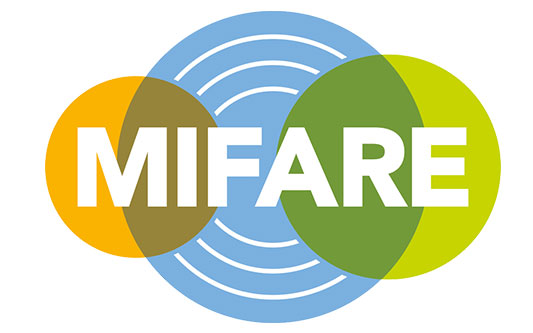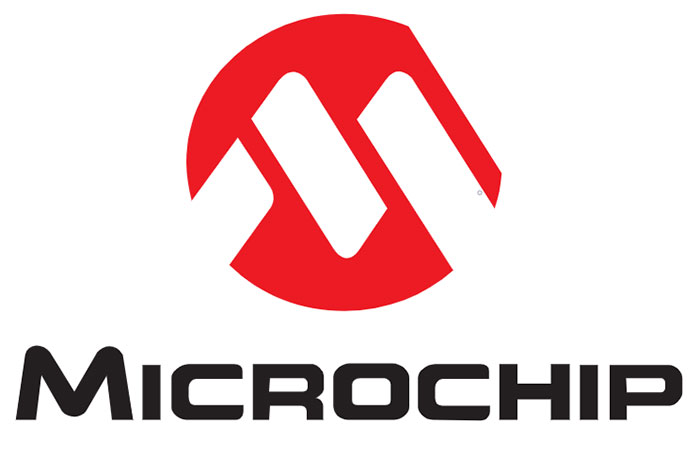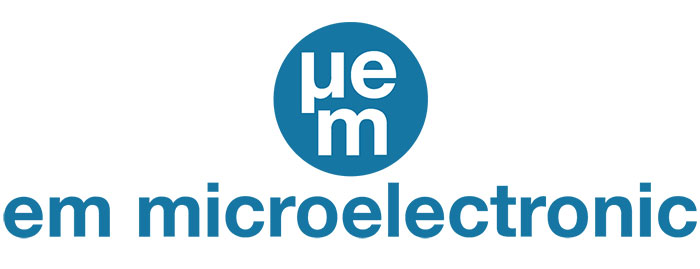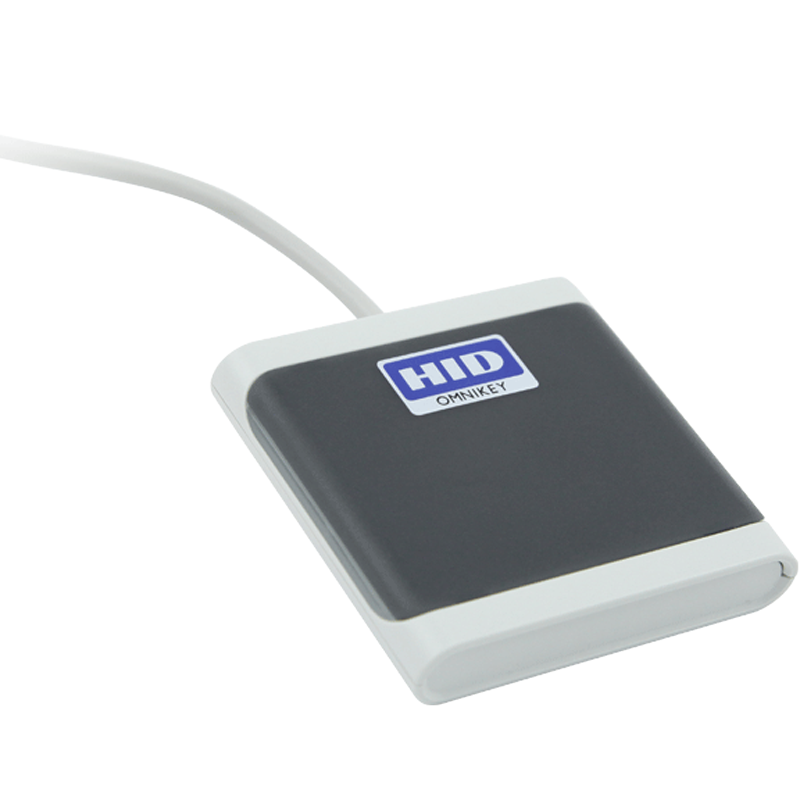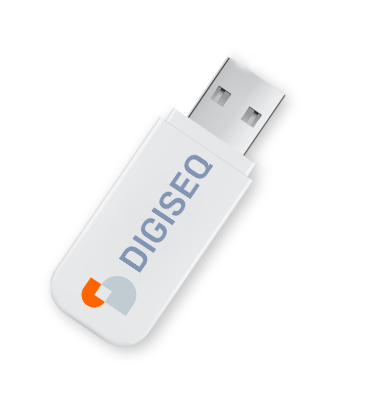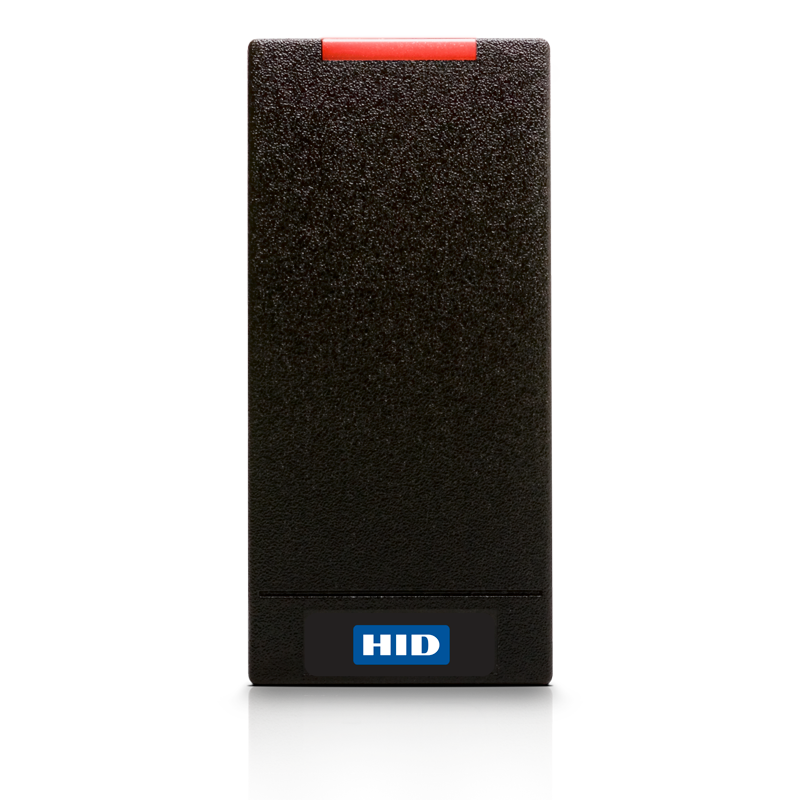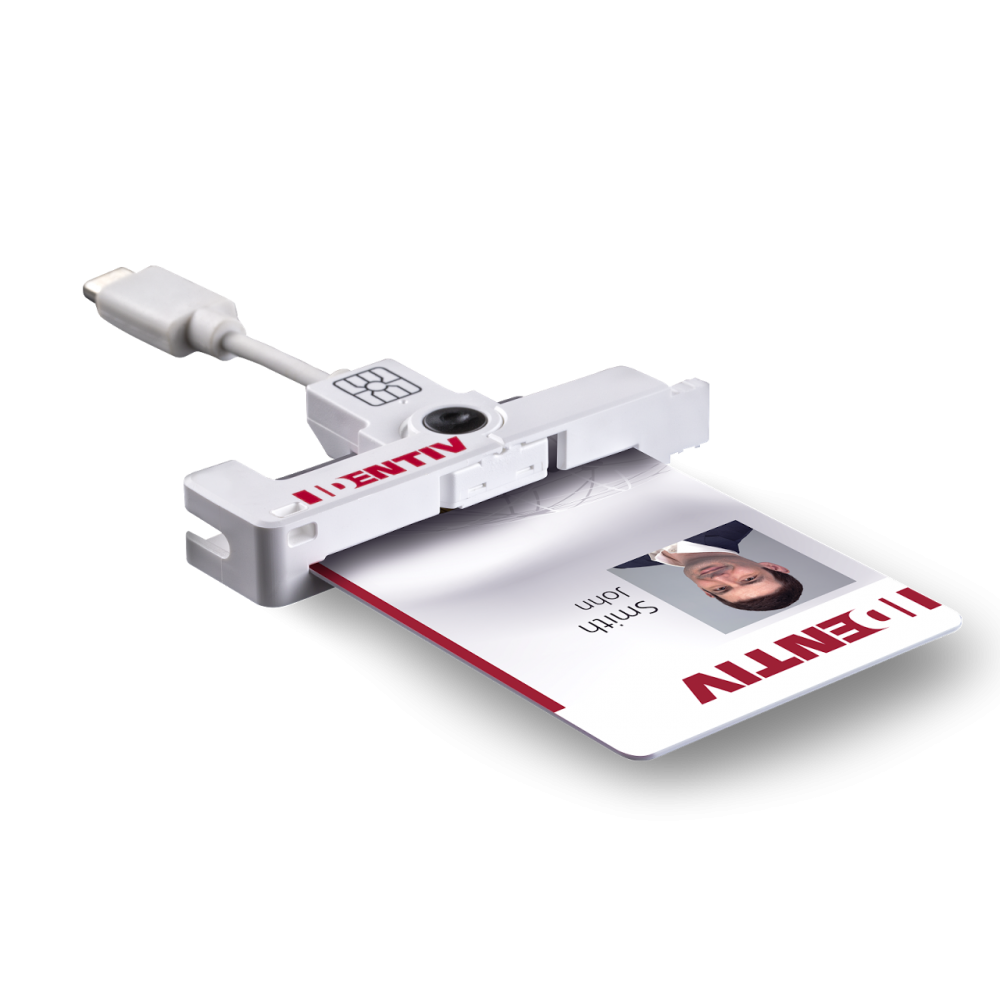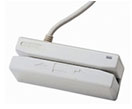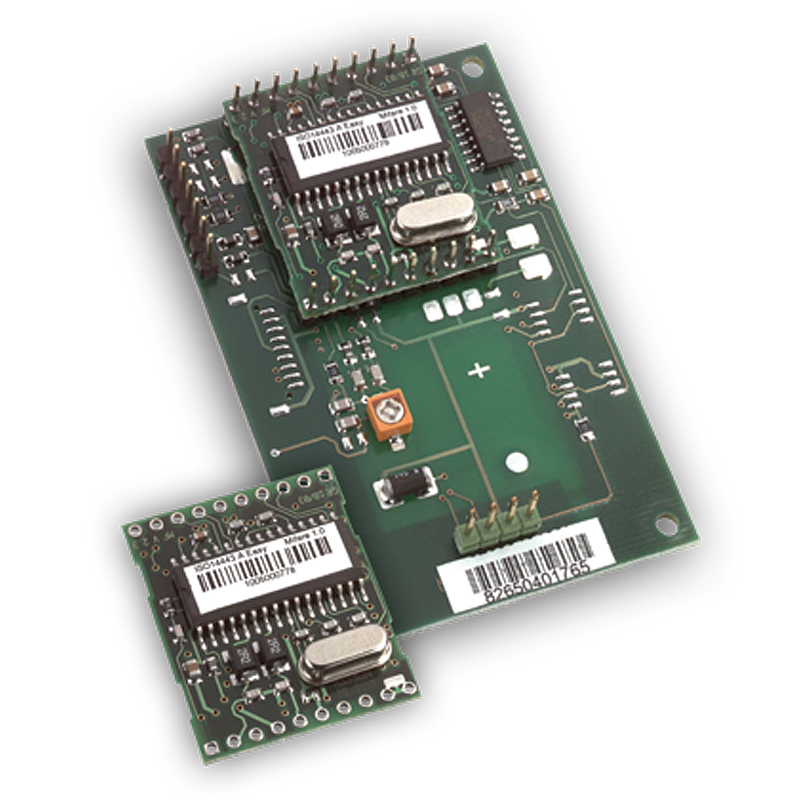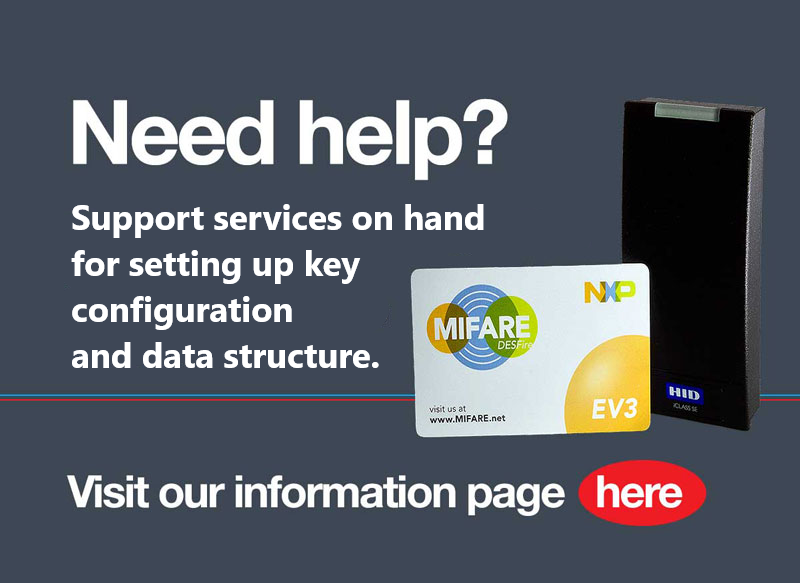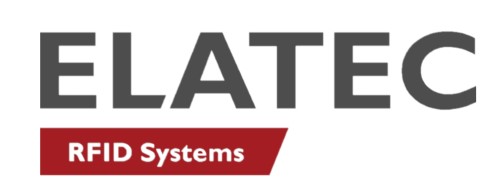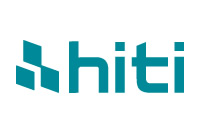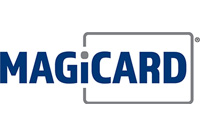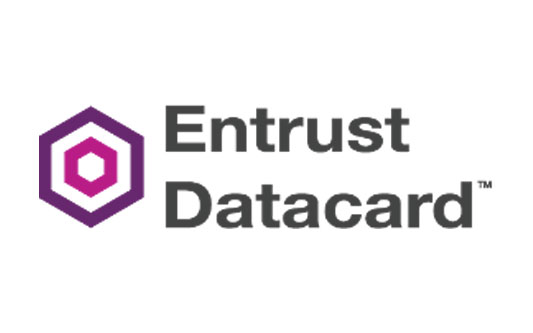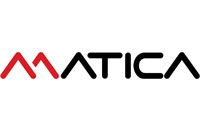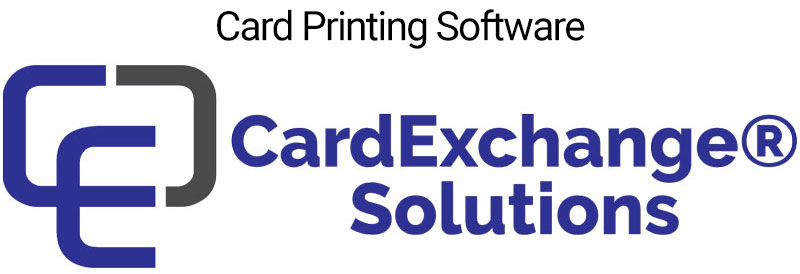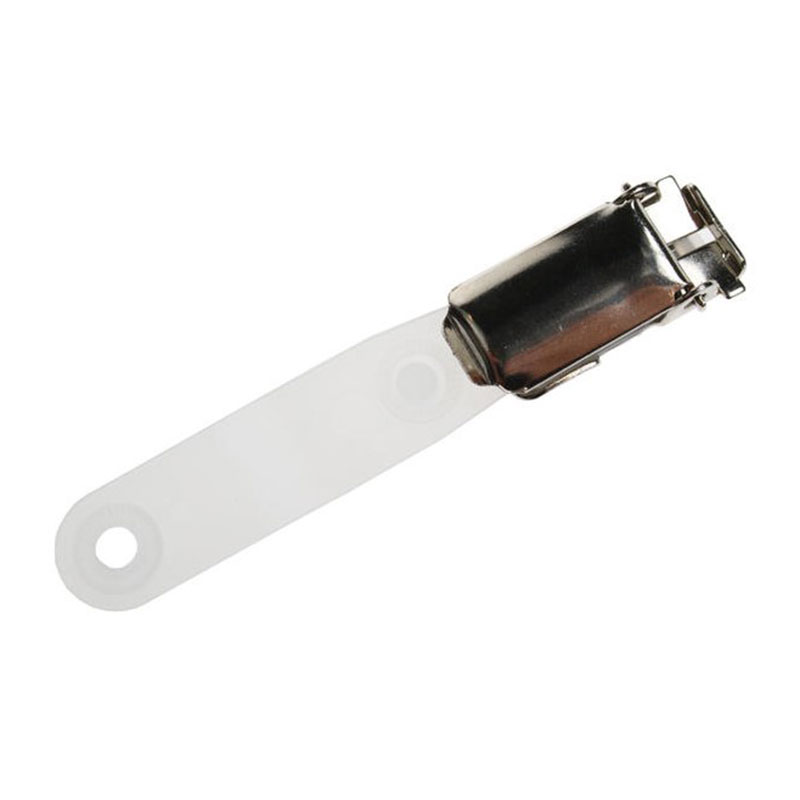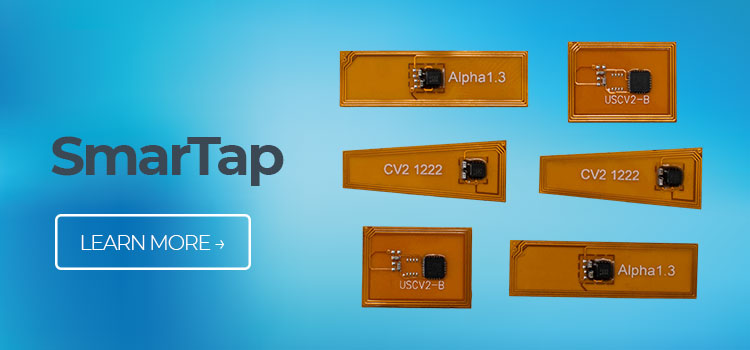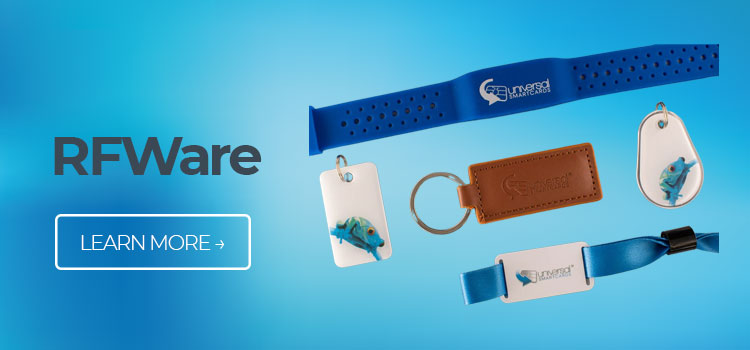
With the evolution of technology, educational institutions are continuously looking for ways to enhance the learning experience, streamline operations, and bolster security. One such technological advancement making significant strides in the education sector is mobile access control. This innovation not only modernises access management but also provides an assortment of benefits that make institutions more efficient and secure. Let's delve into the multiple advantages of adopting mobile access control in educational settings.
How Mobile Access Control Benefits the Education Industry
From making schools a safer space to adding a level of accessibility for students and educators alike, technology unlocks more potential for the education industry. The integration of technology like HID mobile access® control offers a harmonising effect, aligning these diverse elements toward efficiency, safety, and progressiveness. Almost everyone has a smartphone in their pocket these days, and mobile access control harnesses this convenience for enhanced security. Here’s a look at the overarching positive impact on the education sector:
• Operational Efficiency: Beyond secure access to physical spaces, HID mobile access control can streamline a plethora of administrative tasks. From managing visitors using mobile enabled readers to coordinating with staff for events, the centralisation and automation potential of this system can significantly reduce administrative burdens.
• Cost-Effectiveness: While there’s an initial investment with mobile access control, the long-term financial benefits are pronounced. Reduced expenses related to physical security, lesser instances of security breaches leading to potential losses, and diminished administrative hours can result in substantial savings when adopting technology like secure mobile IDs.
• Enhanced Reputation: Parents, guardians, and prospective students often weigh the technological prowess and security measures of an institution when making enrollment decisions. Implementing advanced systems like mobile access control can boost the institution's reputation, making it a more attractive choice for learners and faculty alike.
• Inclusive Learning Environments: With the ability to manage and monitor access, educational institutions can create inclusive spaces for differently-abled students, ensuring they have the necessary access without compromising on security.
• Future-Ready Institutions: The educational landscape is ever-evolving. By embracing modern solutions like mobile access control, institutions are not just responding to current needs but also future-proofing their infrastructure against upcoming challenges and opportunities. The education industry, at its core, is about cultivating a conducive environment for learning and growth. The integration of mobile access control aligns perfectly with this mission, proving that when modern technology meets age-old wisdom, the results can be transformative.
How Does Mobile Access Control Help Educational Institutions?
The benefits of mobile access control in education are significant, but how do these benefits manifest? Let’s go over how mobile access control can be effectively implemented in schools, colleges and other educational institutions:
Remote Management
Security and access become remotely managed when integrating HID mobile access control, making it easier to gain authorised entry and monitor who comes and goes. By utilising tools like the mobile access portal, administrators can easily manage mobile IDs securely and keep tabs on who enters and leaves rooms or buildings. Mobile access control offers educational institutions:
• Centralised Control: Mobile access control systems provide administrators with a central dashboard, enabling them to monitor, manage, and modify access rights from anywhere in the world. Whether it's granting temporary access to a guest speaker or revoking privileges from a lost device, decisions can be made instantly.
• Real-time Monitoring: These systems offer real-time notifications and analytics. In case of any unauthorised access attempts, administrators are immediately alerted, allowing them to take swift action.
• Scalability: As institutions grow and evolve, so too do their access requirements. Mobile access control systems can easily accommodate these changes, allowing for the addition of new users or modification of access areas with minimal hassle.
Simplifying Access
Mobile access control harnesses the fact that nearly 90 % of the population has a smartphone in their pocket. By utilising pre-existing technology for enhanced security, things are more simple. This allows for:
• No More Physical Keys: Gone are the days of managing and duplicating physical keys. With mobile access, students and staff use their smartphones or wearable devices as digital keys, reducing the risk of lost or misplaced keys.
• Integration with Other Systems: Mobile access control can seamlessly integrate with other systems like attendance tracking, payment systems, and more. This provides users with a unified platform, further enhancing convenience.
• Tailored Access: Mobile access control allows institutions to grant tailored permissions. For instance, faculty members might have access to certain labs or rooms that students don’t.
Elevating Protection Standards
Mobile access control also does a fantastic job of elevating protection standards in educational facilities. It does this by establishing:
• Encryption Protocols: Mobile access control systems like HID mobile access employ high-end encryption protocols, ensuring that data transmission between the device and the access point is secure.
• Biometric Verification: These systems can be paired with biometric verification methods, such as facial recognition or fingerprint scanning, adding an additional layer of security.
• Audit Trails: Administrators can easily track who accessed which areas and when, providing a clear audit trail. This is invaluable in investigations or simply for maintaining transparency.
• Lost Device Solutions: Even if a student or staff member loses their mobile device, administrators can instantly revoke its access. This quick action ensures that security breaches via lost devices are kept at bay.
Enhancing Sustainability
With the push for a more eco-friendly way of working, mobile access control fits neatly into sustainable practices in education. It does this by promoting:
• Reduced Physical Waste: With no need for physical cards or keys, there's a significant reduction in the waste associated with producing, replacing, or disposing of these items.
• Energy Efficiency: Modern mobile access control systems are designed with energy efficiency in mind. They often consume less power than traditional systems, thereby reducing an institution's carbon footprint.
• Digital Documentation: Instead of relying on printed documentation for policies or user guidelines, everything can be digitally shared, saving paper and contributing to eco-friendly operations.
Touch-Free Access
The ability to gain access to buildings and secure spaces without having to swipe a card or touch a button enhances accessibility and safety. It helps in the following ways:
• Reducing Physical Contact: In a post-COVID-19 world, reducing physical contact points has become more critical than ever. Mobile access control systems offer touch-free entry, ensuring users don’t need to come in contact with shared surfaces.
• Health and Safety: Touch-free access can be an essential aspect of an institution's health and safety protocols. It minimises the risk of cross-contamination and can be a vital step in preventing the spread of illnesses.
• Swift Entry and Exit: Without the need to fumble for cards or keys, users can enjoy a more streamlined entry and exit process, further enhancing the touch-free experience.
Unlock the Benefits of Mobile Access Control in Education
The adoption of mobile access control in educational institutions marks a forward-thinking approach to security, convenience, and sustainability. With its myriad benefits ranging from remote management to touch-free access, it's clear that this technology plays a pivotal role in shaping the future of educational infrastructure. As technology continues to evolve, institutions that embrace such advancements will undoubtedly be better positioned to offer an enriched and secure environment for their community.
Ready to make the move to Mobile Access?
With over 20 years in the smart card industry and a wealth of knowledge in access control credentials and readers, Universal Smart Cards are ideally placed to help you transition to a HID mobile access solution. If you’d like to discover more about HID mobile access and how it could benefit your education facility, contact our team of specialists who are happy to help with any questions you may have and guide you through the process of going mobile.
You can also contact us by phoning 0333 700 0078 or emailing [email protected] for further information.

